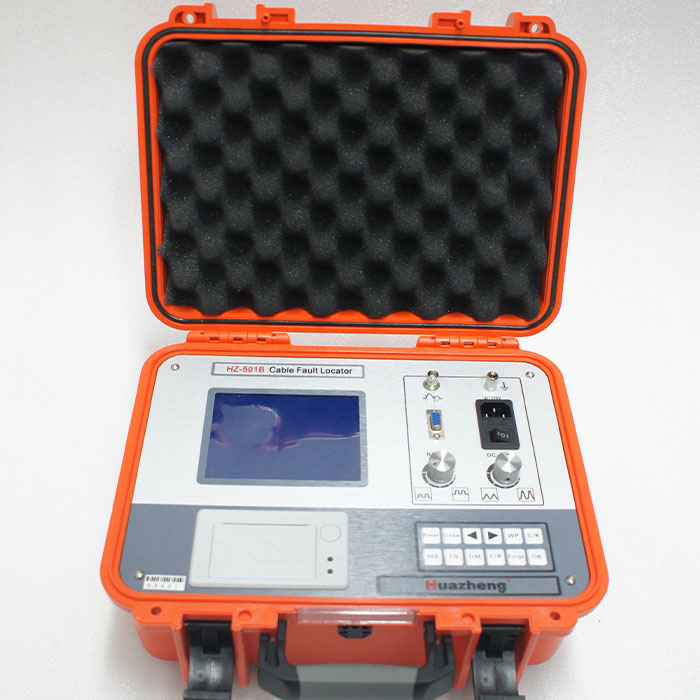1. Power industry
High voltage transmission and distribution system: Quickly locate short circuits, open circuits, or grounding faults to avoid large-scale power outages. For example, faults in underground cables caused by aging or external damage can be accurately located using pulse reflection or bridge methods.
Substation and power grid maintenance: Regularly check the insulation performance of cables, prevent potential faults, and ensure stable operation of the power grid.
2. Communication field
Fiber optic and copper cable maintenance: using time domain reflectometry (TDR) or optical time domain reflectometer (OTDR) to detect breakpoints, signal attenuation, or joint faults, suitable for troubleshooting long-distance optical cables or local area network lines.
5G base stations and data centers: ensuring the reliability of communication cables and reducing the risk of network interruptions.
3. Rail Transit and Railway
Power supply and signal system: detect faults in contact network cables or signal transmission lines to ensure the safe operation of subways and high-speed trains. For example, locating insulation faults caused by moisture in cables inside tunnels.
4. Industry and Manufacturing
Factory equipment power supply: Check for short circuits or insulation damage in production line cables to reduce downtime losses. Malfunctions caused by wear and tear of heavy machinery cables.
Petrochemical industry: Monitor cable status in corrosive environments to prevent leakage or fire risks.
5. Construction and Municipal Engineering
Building electrical system: detect wiring faults during the acceptance phase, or locate circuit breakers in concealed works during maintenance.
Urban underground pipeline network: Maintain municipal cables such as streetlights and traffic signals to enhance the reliability of public facilities.
6. In the field of new energy
Wind and solar power plants: detect faults in wind turbines or photovoltaic array cables to meet durability requirements in harsh environments.
7. Mining and Shipbuilding
Mine safety: locate cable faults in complex terrain and ensure underground power supply.
Ships and offshore platforms: Investigate cable issues in damp and salt spray environments to ensure the normal operation of equipment.
8. Military and Emergency Scenarios
Field communication line: Quickly repair temporarily installed communication cables to maintain smooth communication on the battlefield.
Disaster rescue: restore power and communication after earthquakes and floods, locate damaged cables.
9. Research and Education
Cable technology research: used for fault simulation and testing of new materials or structural cables, promoting technological development.
HZ-501B Cable Fault Locator Equipment and Solutions
